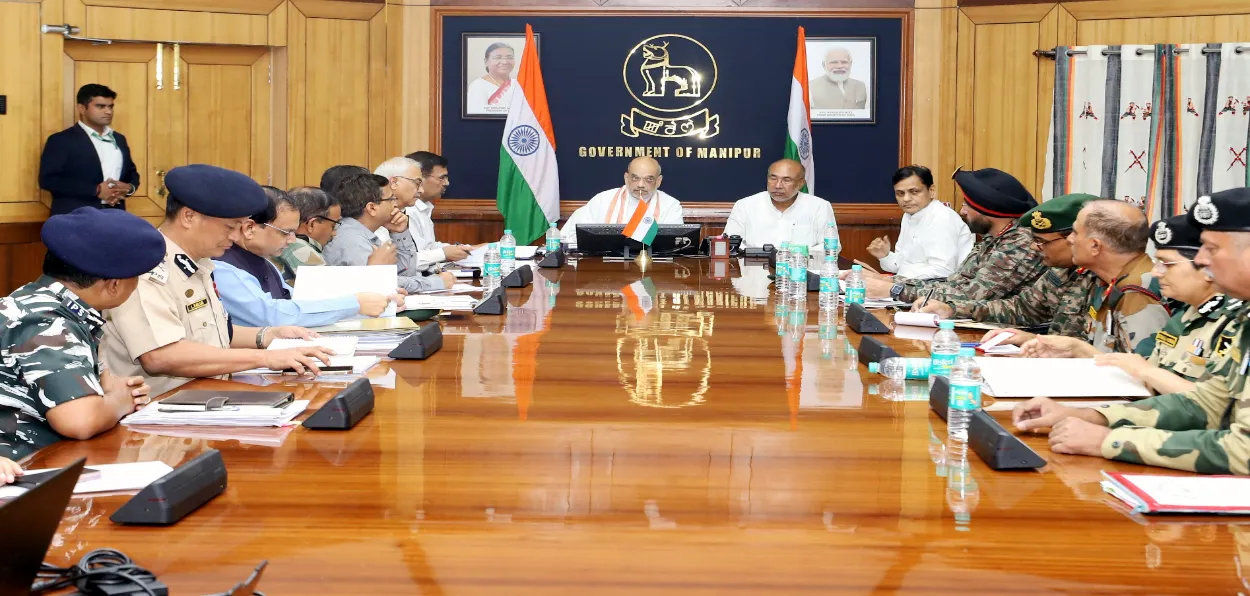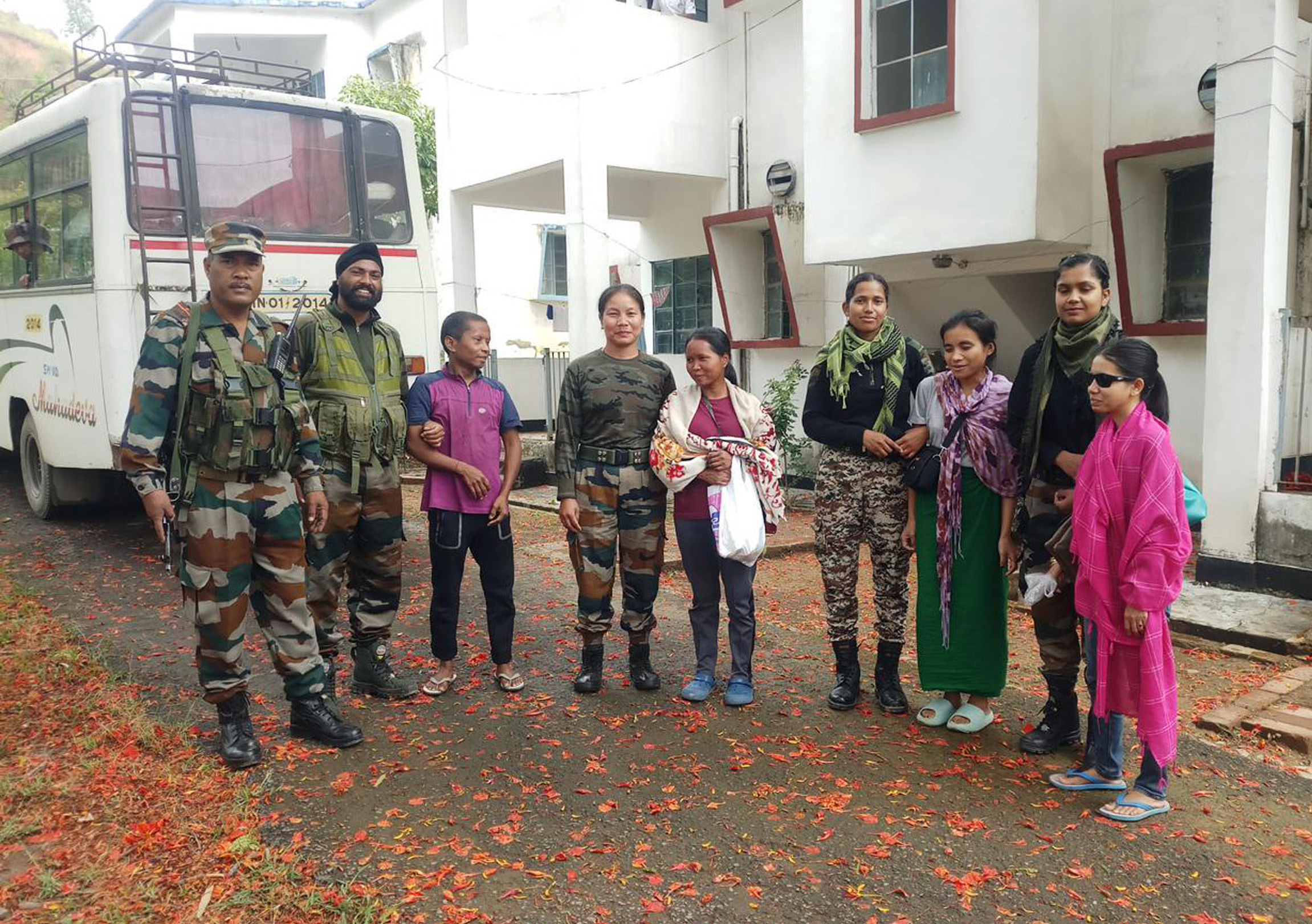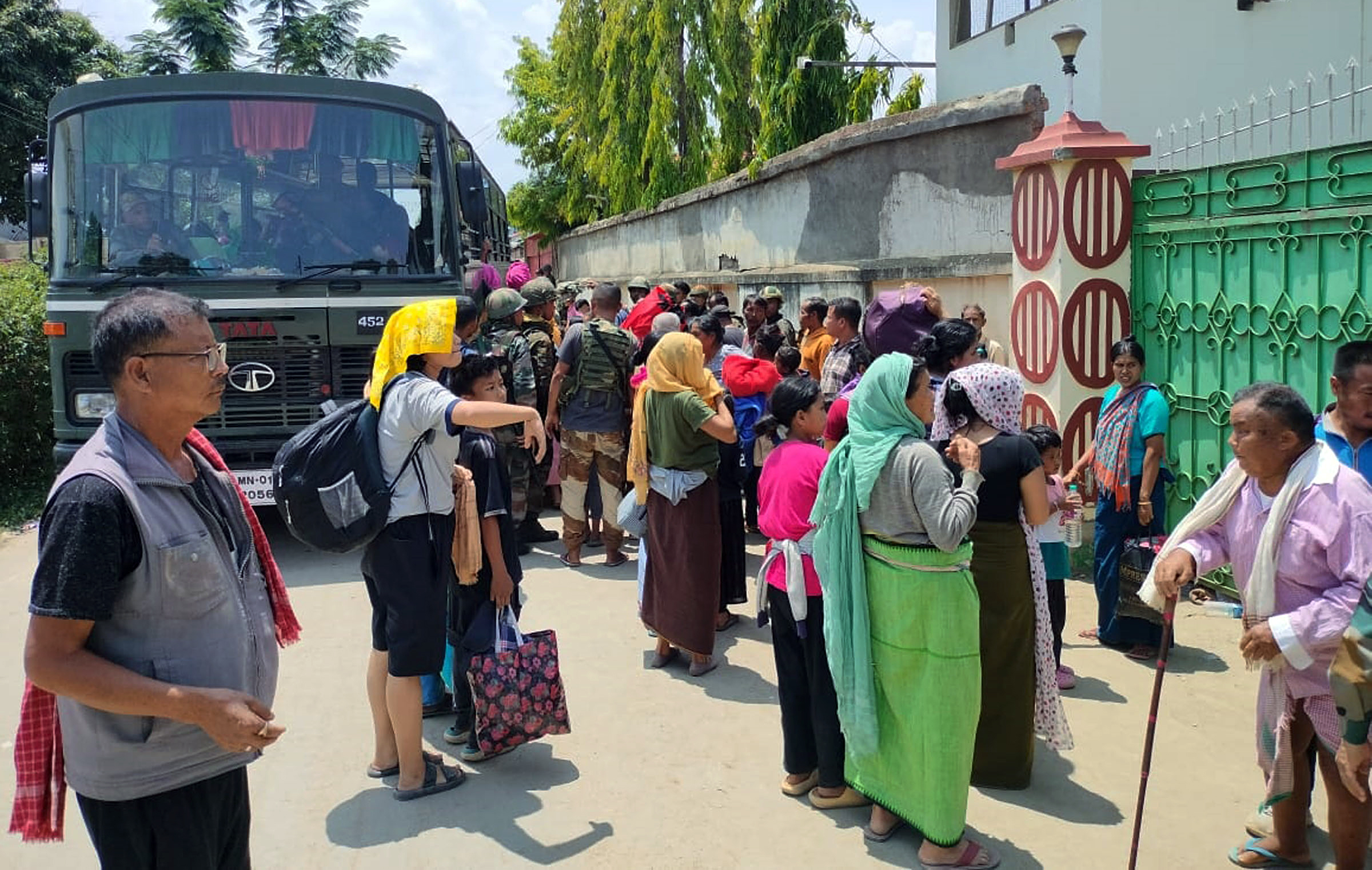
 Pallab Bhattacharyya
Pallab Bhattacharyya
The ongoing violence in Manipur which was triggered by the Tribal Solidarity Rally organized by the All Tribal Students Union of Manipur (ATSUM) against the move for granting of the scheduled tribe (ST) status to Meiteis, is an eloquent testimony to the severe fault lines existing in the State since India’s independence.
The first fault line is the accession of the State from British India. During the days of British rule, Manipur was one of the Princely States, and by the late 1930s, the princely state negotiated with the British administration for its preference to be part of the Indian Empire, rather than Burma. The British separated Burma from India in 1935 to weaken the freedom struggle in Burma at that time. On 11 August 1947, Maharaja Budhachandra signed the Instrument of Accession to join India. On 21 September 1949, he signed the Merger Agreement, merging the kingdom into India, and this action was later disputed by groups in Manipur, as having been completed without consensus and under duress. This led to the growth of the Meitei insurgency.
The second fault line is the demography of the State. As per the census of 2011, 41.39 percent of the state population are Hindus, 41.29 percent Christian, 8.39 percent Muslims, and the rest are Jain, Buddhist, etc. The tribal (ST) population stands at 11.67 Lakhs of a total 28.6 lakh population and are mostly Christians.
Thirdly, the Meiteis who constitute 53 percent of the population are confined to the valley area which is roughly 10 percent of the State’s area. About 64 percent of the population lives in the valley and they are represented by 40 MLAs. However, the hill areas – 90 percent of the State’s landmass - have only 20 MLAs. This is a key cause of friction between the tribal communities of Nagas and Kukis.

Assam Rifles rescues 5 visually impaired students during violence in Imphal
Fourthly, the geographical location of Manipur, which Pandit Nehru described as the Jewel of India and Lord Irwin as the Switzerland of India, is very strategic with Mizoram, Assam, and Nagaland on one side and 352 KM of Myanmar on the other. Free Movement Regime (FMR) which allows the tribes living along the border to travel 16 KM across the boundary without Visa restrictions alleges the Meiteis are the primary cause of infiltration of Kukis across the border to strengthen their cause of a separate State.
The Scheduled Tribe Demand Committee of Manipur started asking for the ST status to Meiteis as early as 2012. The basis of their demand was that Meiteis were recognized as a tribe before the merger of the State in 1949. The status is needed to save the community and their ancestral land, tradition, culture, and language. The Meiteis and their culture feel threatened due to the attacks by intruders (from Myanmar).
The Meiteis who constitute 53 percent of the population are not allowed to purchase land in the hills (90 percent of the land mass) whereas tribals can buy land in the hills as well as in the Valley. The clamour for land in the Valley has caused its shrinking. The threat of Nagalim is also looming large in their perception and the community has been marginalized in the long run. They also claim that their population had dropped from 59 percent in 1951 to 44 percent (2011 Census). The six-year ILP agitation and FMR for Naga-Kuki-Zomi tribes that started in 2006 had fuelled the suspicion of their being reduced to a minority -a resurgence of Assam Movement sentiments of 1979-1985.

Assam Rifles and Police rescue people caught in mob violence in Manipur
The tribals, on the other hand, are agitating against the HC direction to the State to consider the Meitei demand of ST as this would lead to Meiteis eating into their pies because of their superiority - a sentiment harboured against the Meenas in mainland India. The Meiteis counter by saying that the Kukis had usurped most of the administrative posts of the State.
The eviction drive by the Manipur Government in 38 villages of Churachandpur-Khoupum Protected Forest Areas treating the settlers as illegal encroachers, according to the Kukis, is counter to their Constitutional protection under Article 371C. The Government of Manipur has also withdrawn from the Suspension of Operation agreement with Kuki extremist groups.
The absence of any proactive measures from the center at the time of the eruption of violence may be because of leaders’ preoccupation with the Karnataka Election, which had injured the sentiments of the Meiteis. They felt the mainland leaders are insensitive to the peripheral’s aspirations.
The Government of India had however taken a series of measures to ease the situation-engagement of an experienced 1986 batch IPS (Retd) officer Kuldeep Singh as Advisor, deployment of additional Central forces and the ongoing visit of Home Minister Amit Shah, initiation of dialogues with all the stakeholders, etc.
The following steps are the need of the hour for a peaceful resolution of the conflict:
The author is athe former Director General of Assam Police and Chairman, Assam Public Service Commission
